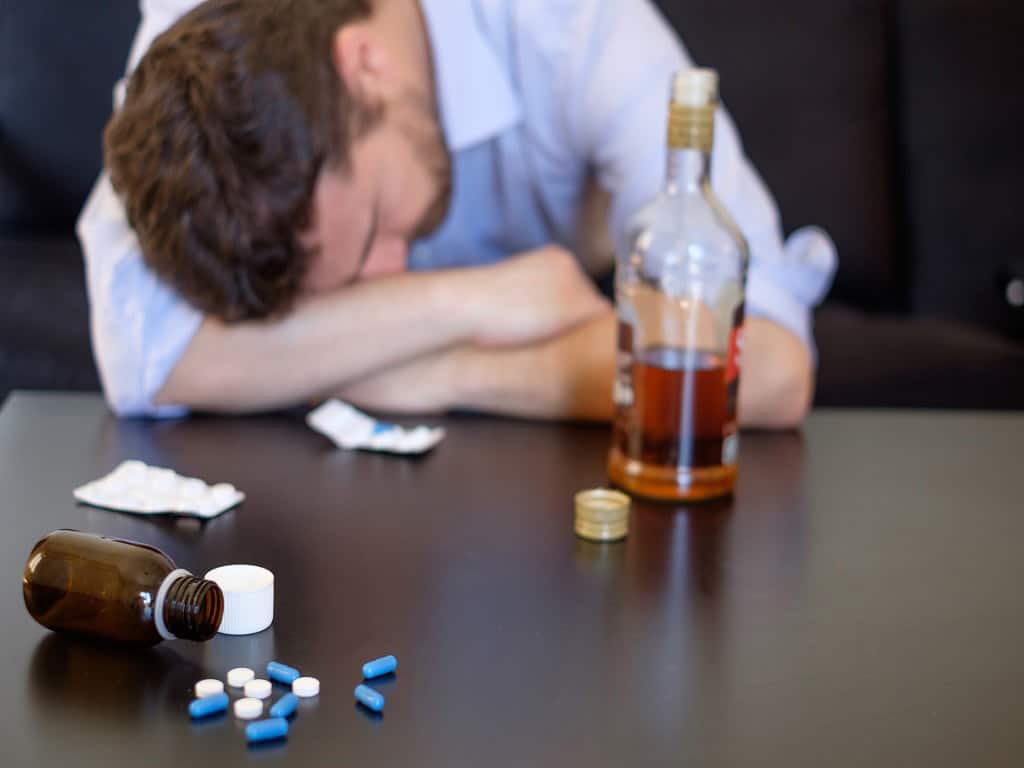Drug and Alcohol Use: Prevalence, Effects, and the Treatment Options
01 March, 2024

Drug and alcohol use in Australia is a significant issue, with many people affected by the prevalence of substance abuse. Not only does it have negative effects on physical health, but it also impacts mental health. Fortunately, there are treatment options available for those struggling with addiction. These include Cognitive Behavioral Therapy (CBT), detox programs, and Medication-Assisted Treatment (MAT). Individuals facing substance abuse issues need to seek help and consider these treatment options.
The negative effects of alcohol and illegal drugs are widespread in various settings. It is evident in workplaces and is one of the leading causes of accidents and injuries. It also has an impact on productivity and relationships. Many institutions enforce drug and alcohol policies and testing programs to mitigate the risks related to impairment. This article will present the prevalence and effects of alcohol and drug use, including the treatment options.
Prevalence of Drug and Alcohol Use
In Australia, drug and alcohol use is a significant issue that affects many individuals and communities. According to recent studies, a notable proportion of the population engages in the consumption of drugs and alcohol, especially in social events. These substances encompass a range of items, from illicit drugs like marijuana and cocaine to legal substances such as alcohol and prescription medications. The prevalence of alcohol and drug use varies across different age groups, regions, and socio-economic backgrounds.
Adults commonly use alcohol more than any other substance. Its legal status and widespread availability facilitate its consumption across various social settings. Many individuals partake in recreational alcohol consumption, but excessive or problematic use can result in different health and social issues. Furthermore, although adults can legally drink alcohol, underage drinking persists as a concern.
A portion of the population uses drugs like cannabis, ecstasy, methamphetamine, and heroin despite their illegal status. These substances can cause addiction, health problems, and involvement in crime. Efforts to tackle alcohol and drug use in Australia involve educating people, running prevention programs, providing treatment services, and enforcing laws.
Statistics on Substance Use Disorders in the Population
- In Australia, people aged 14 and above have tried illicit drugs at least once in their lifetime, totalling around 3.1 million individuals.
- Alcohol consumption is prevalent, with 78.9% of people reporting alcohol use in the past year.
- An estimated 8.5% of people aged 14 and above have used meth and amphetamines.
- Cannabis stands as the most commonly used illicit drug, with approximately 35.3% of individuals aged 14 and above reporting lifetime use.
- In 2020, individuals witnessed 1,806 drug-induced deaths, primarily involving opioids.
- Around 3.8 million people aged 14 and above have reported non-medical use of prescription painkillers.

Effects of Drug and Alcohol Use
The effects of alcohol and drug use can have serious physical consequences on the body. Consuming larger amounts of both substances can lead to health issues such as liver disease and heart problems. It can also increase the risk of drug and alcohol-related diseases. Substance abuse can also result in drug dependence. Moreover, illegal drugs can have harmful and long-lasting physical effects on the body.
Drug and alcohol use can also take a toll on mental health. These substances stimulate endogenous opioid release and increase dopamine transmission. The pleasurable effects may initially provide a sense of relaxation or euphoria. However, they can lead to mental health disorders such as depression, anxiety, and cognitive impairment. Binge drinking and recreational drug use can exacerbate these mental disorders, leading to a cycle of substance abuse.
Moreover, the social effects can be detrimental. Alcohol misuse and drug abuse can strain relationships with family and friends, lead to legal issues, and impair the ability of the person to fulfil responsibilities at work or school. Drug and alcohol abuse can also contribute to a decline in social status and an increased risk of isolation from others.
Signs and Symptoms of Substance Use Disorders
Signs and symptoms of drug or alcohol addiction may vary, but there are indicators to watch for. For instance, people might isolate themselves from friends and family. They may also experience unpleasant symptoms when not using the drug, such as anxiety or irritability.
In some cases, substance use disorders can lead to noticeable changes in behaviour and physical health. Individuals might neglect responsibilities at work or school. Physical symptoms can include changes in appetite, weight loss or gain, and deteriorating hygiene. Addressing these signs early on can help prevent further physical and mental health issues and support individuals in overcoming drug or heavy alcohol use.

Treatment Options for Drug and Alcohol Use Disorder
Detoxification is often the initial step in treating drug and alcohol use disorder. During detox, individuals undergo a process to rid their bodies of harmful substances. This can help manage drug or alcohol withdrawal symptoms that may arise. Alcohol and drug treatment services closely monitor patients during detox to ensure their safety and provide support through this phase.
In addition, MAT is a common approach that health professionals or mental health services use for managing drug and alcohol dependence. This method involves using medications or pharmacotherapy for adults alongside counselling and behavioural therapies to decrease alcohol consumption, daily drinking or drug use. MAT can help alleviate cravings for alcohol and drugs. The combined therapy can also support abstinence in patients seeking recovery from issues of drugs and alcohol.
CBT is another treatment method that focuses on identifying and changing patterns of thinking that contribute to addiction. This behavioural intervention equips individuals with skills to cope with triggers and cravings, and it emphasises relapse prevention strategies. After weeks of therapy, patients can learn healthier coping mechanisms and develop the tools needed to maintain sobriety.
Testing Methods
Various methods can detect drug and alcohol consumption. Firstly, the urine testing. It is effective for detecting substance use within the past few days to a week. Secondly, saliva testing offers a quick and non-invasive alternative, providing rapid results and detecting recent drug and alcohol consumption.
Thirdly, blood testing offers precise results and is often used in situations requiring legal evidence or medical assessment. It has a detection window similar to that of a urine test. Fourthly, hair testing is capable of detecting drug use over 90 days. This longer detection window helps the mental health team in assessing long-term patterns of substance abuse.
Conclusion
In conclusion, drug and alcohol use in Australia is a widespread issue with significant consequences. These substances not only harm physical health but also negatively impact mental well-being and social relationships. Efforts to address this problem involve education, prevention programs, treatment services, and law enforcement. Individuals and communities must work together to promote healthier lifestyles. By taking proactive measures, people can mitigate the adverse effects of substance use and foster a safer society.
Detoxification, MAT, and CBT are essential treatment options for substance abuse disorders. These methods provide comprehensive support, from managing withdrawal symptoms to addressing underlying behavioural patterns contributing to addiction. Additionally, testing methods such as urine, saliva, blood, and hair tests offer diverse options for detecting substance use. They aid in treatment planning and monitoring. Overall, these combined approaches play a crucial role in helping individuals achieve and maintain sobriety.






























